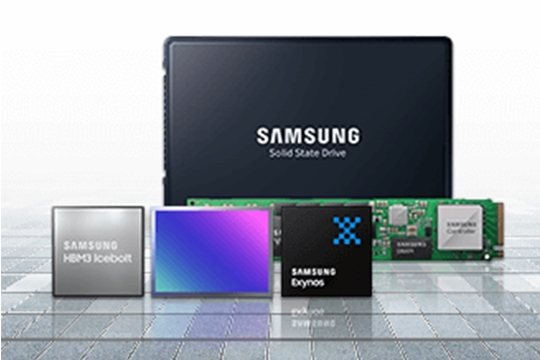The Challenge:
Whether the Corona Fire Department (CFD) is fighting a wildfire, searching for a lost hiker, or responding to a traffic accident, the more information they have about the situation, the more effectively they can do their jobs. They needed a mobile situational awareness platform that would let them put all critical information — including footage from their unmanned aerial vehicles (UAVs) — in one place, to visualize it and easily share it across the response team.
Corona, California is a relatively small city, but its fire department faces some unique challenges. Like most fire departments in the U.S., CFD extinguishes burning buildings, rescues people from hazardous situations and responds to EMS calls. Unlike most fire departments, Corona borders the Cleveland National Forest — a 460,000 acre park with a variety of recreational activities, plenty of places for hikers to get lost or injured, and more than 110 wildfires each year.
Whether Corona firefighters are battling a wildfire, searching for a lost hiker, or responding to a traffic accident, the more information they have about the situation, the more effectively they can coordinate their efforts and do their jobs. That information comes from several sources. Data from the 911 dispatcher comes through the computer-aided dispatch (CAD) system, which firefighters access via laptop. Until recently, each truck had a single smartphone, which teams used to access contact lists and resource apps. The department also has four UAVs, which they use to assess wildfires and to aid with search and rescue.


















